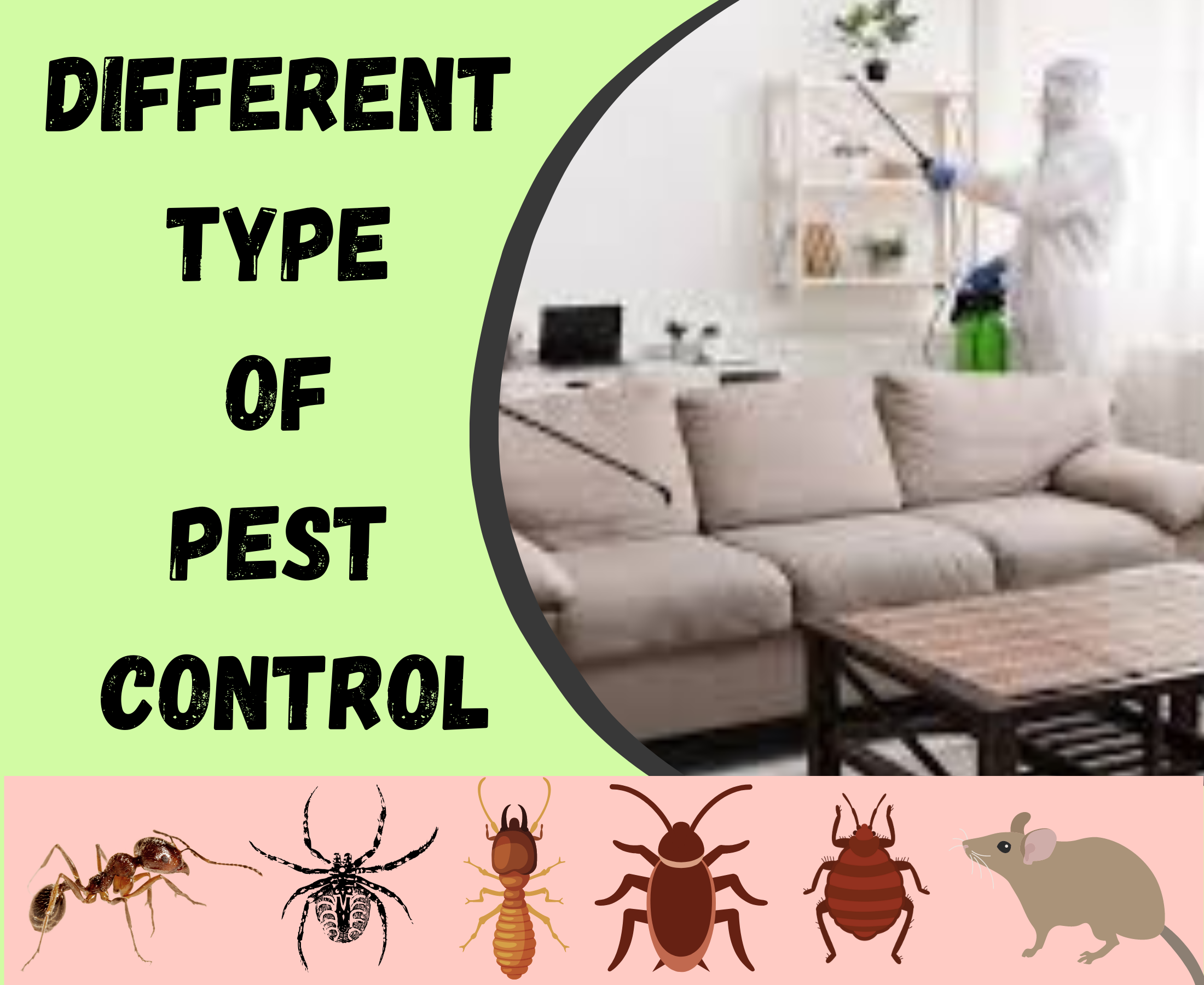Our Pest Control PDFs
Our Pest Control PDFs
Blog Article
Some Known Details About Pest Control
Table of ContentsNot known Details About Pest Control Pest Control Fundamentals ExplainedA Biased View of Pest ControlThe Ultimate Guide To Pest ControlWhat Does Pest Control Mean?
Limitations of Chemical Administration Be able to examine pest issues, establish if management is needed, and make ideal recommendations utilizing IPM strategies. Be acquainted with different methods of parasite management - their benefits and constraints.This chapter goes over (IPM), an approach that uses understanding regarding parasites and their, techniques, nonchemical methods, and pesticides to handle bug troubles. Added details about IPM for specific plants is included in chapters that focus on those plants. Nonchemical pest control steps are stressed in chapter 17, "Organic Gardening." Managing birds and mammals is covered in phase 20, "Wild animals." Taking care of in the backyard and yard is covered in phase 6, "Weeds." Bugs in a garden or landscape may include insects and termites, weeds,, creatures, and birds.
Bugs and weeds, nonetheless, play a function in the. After planting a garden or developing a yard, the all-natural process of plant sequence begins to restore and nonnative plants.
What we call "pests" are part of an all-natural system at job. Only people take into consideration certain types bugs when they occur where they are not wanted.
Some Known Details About Pest Control
Pests susceptible to a pesticide were promptly killed, leaving immune ones to breed and multiply. It came to be clear that chemicals alone would certainly not resolve all insect problems.
An IPM strategy enables some level of insects in the environment. Pests are much less most likely to endure a program that uses several various techniques of decreasing their populations. Integrated pest management was first recommended by entomologists since bugs were the very first group of pests to show challenging to handle with chemicals alone.
parasite and host properly. and think about economic or aesthetic injury. A limit is the point at which action ought to be taken. a therapy strategy making use of mechanical, cultural, biological, or chemical controls, or a combination of these approaches. success of treatments. IPM has prolonged past pests to monitoring of all pest populaces: weeds, disease organisms, and creatures.
The Basic Principles Of Pest Control
Management as opposed to obliteration of insects is the objective. An IPM strategy starts with a careful analysis of each bug problem. Just then can one make a decision regarding the proper strategies essential to reduce insect activities. The life process of the parasite, possible damage, natural adversaries, and effects of weather condition, to name a few variables, are taken into consideration prior to a control strategy is applied - Pest Control.
Clover growing in a yard may be checked out as an unwanted weed, yet as a legume it is manufacturing nitrogen for the soil and the flowers are supplying nectar to honey and various other. Tolerance for some weeds may be component of an IPM strategy. may be eating the leaves of a plant, but when they are identified as the larvae of Eastern tiger swallowtail butterflies, their damages may be endured so we can enjoy the beautiful butterfly.

The 2nd essential device in pest management is early treatment. Existing and watchful in the garden ensures early discovery. Responding to troubles swiftly, prior to they have time to multiply, needs a less remarkable intervention. The 3rd essential device is recordkeeping; tracking what occurs in the garden allows a gardener to acknowledge patterns and make notified choices.
The Best Guide To Pest Control
Lots of risk-free, sensible, nonchemical approaches of plant protection and pest management their explanation may minimize or get rid of the requirement to spray. Various other approaches are most beneficial when used with pesticides. To implement management practices correctly and to minimize losses, garden enthusiasts should know the types of parasites that strike plants and recognize pest biology.

Conducting a soil examination and applying only the advised amount of fertilizer and lime maximizes the benefit to the plant while decreasing problems connected to too much use of fertilizer - Pest Control. view website Treatment the dirt with several inches of mulch secures the plant in numerous ways: decreasing dirt water loss to dissipation, minimizing weed competition, supplying nutrients, and developing a suitable environment for earthworms and bacteria that maintain the dirt loosened for origins and break down organic material to release nutrients
If mulch touches the trunk, it can produce a method for voles, germs, and fungi to assault the plant. Do not utilize manure or compost that has not completely broken down as a top dressing since it can motivate undesirable insects. Research suggests that tilling the soil is detrimental to dirt framework.
The Greatest Guide To Pest Control
If tilling is regarded required, think about doing it in the autumn when the life cycles of numerous bugs brings them near the surface area. At the surface, insects end up being subjected to the climate as well as birds and various other all-natural enemies.
Report this page